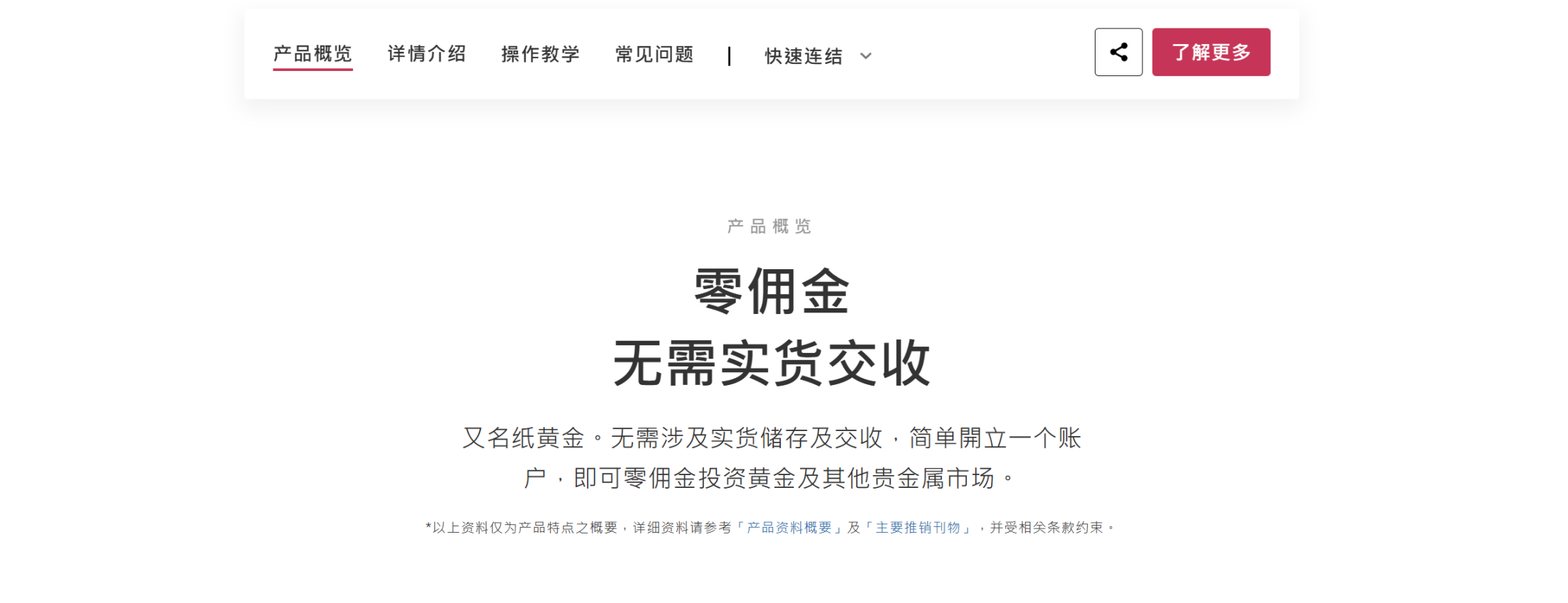"The Godfather of Gold" Debates with CZ: Who is the Real "Digital Gold"? A Trust Battle Spanning TradeFi and Crypto
- 核心观点:代币化黄金与比特币代表两种可靠性模型。
- 关键要素:
- XAUT依赖机构信用背书。
- BTC基于去信任代码系统。
- RWA资产无法完全去中心化。
- 市场影响:推动市场对资产可靠性模型的思考。
- 时效性标注:长期影响
If you were presented with tokenized gold such as XAUT and BTC at the same time, which would you choose?
As we all know, gold is a symbol of "hard currency" in the world of TradeFi, and Bitcoin is also regarded as "digital gold" in the world of Crypto. Therefore, as gold is rapidly put on the blockchain, the boundary between the two is becoming more blurred than ever before (further reading: " From Trustless BTC to Tokenized Gold, Which is the Real 'Digital Gold'? ").
Against this backdrop, an interesting debate reignited the discussion – Peter Schiff, the "godfather of gold," formally challenged CZ on the topic of "Bitcoin vs. Tokenized Gold." The clash of these two viewpoints actually reveals a larger issue:
In the new era where RWA is gradually integrating into Web3, can "trust" truly be completely replaced by code?

The debate between "Golden Godfather" and CZ
Looking back at past statements, Peter Schiff is undoubtedly one of the most stubborn critics of Bitcoin.
In his view, Bitcoin is merely an illusion for speculators, while gold represents the true return to currency. "Tokenized gold" serves as a bridge for the gold standard to further enter the digital age—possessing both the physical backing of gold and the advantages brought by blockchain.
This also means that Peter Schiff firmly stands on the side of "intrinsic value" and "physical reliability." CZ's response, however, was direct and sharp, pinpointing the fundamental weakness of tokenized gold: "Tokenized gold is not true on-chain gold; it is still built on trust. Users trust that the issuer will fulfill its obligations in the future, rather than the code directly guaranteeing it."
To put it bluntly, even for projects like Tether Gold (XAUT) backed by Tether and others, users still need to rely on the continuation of the traditional system in extreme situations such as war, management changes, or regulatory conflicts.
Objectively speaking, CZ is not wrong. Tokenized gold projects like XAUT are essentially a type of asset mapping based on institutional credit, and cannot completely escape centralized dependence. However, Schiff's view is not entirely wrong either, because he is taking the perspective of "intrinsic value and physical reliability".
Ultimately, the debate between Schiff and CZ is not a matter of right or wrong in value judgments, but essentially a clash between two different "reliability models": the former is physical reliability (based on the scarcity of gold), and the latter is system reliability (based on the distrustlessness of code).
To gain a deeper understanding of the positioning of tokenized gold as a mapped asset and the limitations of its reliability, we must first review how traditional finance deals with physical gold.
From paper gold to tokenized gold: Evolution and compromise
In fact, long before tokenized gold products like XAUT appeared, TradFi had already begun to try to "certify" gold, the most typical way being "paper gold".
As the name suggests, paper gold is a bank's gold savings account or a gold ETF without physical delivery. It can be simply understood as a credit certificate, meaning that users no longer directly own gold, but hold a "credit commitment" from the bank. Gold or other precious metals are bought and sold through a paper gold account without any physical delivery.
This solves the problems of physical gold being difficult to divide and inconvenient to carry, making gold lighter and more tradable. For example, the "paper gold" products launched by various banks have indeed given many users convenient opportunities to invest in and hold gold.

Source: Bank of China (Hong Kong)
Ultimately, however, this type of model is still based on "centralized single-point trust," because it relies on the credit endorsement of financial institutions, allowing banks to issue certificates exceeding their actual gold reserves (i.e., over-issuance). Furthermore, during financial crises or large-scale bank runs, holders of paper gold may be unable to redeem the full amount of physical gold, facing credit and redemption risks.
Unless it's a product backed by strong credit, like those from large state-owned banks, this risk can be minimized. In other words, paper gold allows users to sacrifice certainty for liquidity and convenience.
The emergence of tokenized gold such as XAUT can be seen as a blockchain upgrade of "paper gold": it continues the mapping logic of "gold reserves + digital certificates" and moves the certificates from the bank ledger to a public chain that anyone can view. Taking Tether's XAUT as an example, each XAUT is said to represent one ounce of gold stored in a Swiss vault, and users can hold, transfer or trade these tokens through their wallets 24/7.
The biggest advantage of this model is that it provides gold with 24/7 global liquidity. In other aspects, it is not much different from "paper gold". That is, users no longer have to bear the storage and transportation costs of gold bars. Finally, small investors can also hold gold through fragmented tokens.
However, Tether Gold is not a "completely trustless" system. Its security and stability still depend on Tether's own reserve disclosure, custody arrangements, and legal framework. Although Tether claims that every XAU₮ is backed by physical gold, it remains difficult for outsiders to independently verify the actual condition of the vault, the independence of the audit, or even the redeemability under extreme circumstances.
In summary, XAUT is a disruptive upgrade to the paper gold model, combining direct ownership of physical gold (committed to full reserves) with the efficient transfer of crypto (on-chain tokens), but still retaining the institutional credit risk brought about by centralized issuance.
RWA's Fate: The Inescapable Trade-off of Centralization
This reliability dilemma of tokenized gold can also be traced back to the fundamental difference between all RWA/mapped assets and on-chain native assets, which fully reflects the contradiction between efficiency and ideals in the development of Web3.
This includes stablecoins, especially the long-standing debate between "centralized stablecoins" and "decentralized stablecoins," which has been a central theme in the crypto narrative for many years.
- Algorithmic stablecoins (such as UST): attempt to completely break away from centralization and create value with algorithms, but their rapid rise and collapse prove that pure code trust is extremely fragile when it lacks physical support.
- Centralized stablecoins (such as USDC): The Silicon Valley Bank crisis in 2023 dealt a heavy blow to USDC, exposing its over-reliance on the traditional banking system and centralized regulation.
- Decentralized stablecoins (DAI/USDS): For a long time, they have tried to maintain decentralization by over-collateralizing crypto assets, but in order to improve scale and stability, they have had to gradually introduce RWA assets as collateral, which is itself a compromise to trust in the real world.
It can be said that, apart from BTC and ETH, whether it is a stablecoin, XAUT, or other RWA assets, their fate is that they cannot escape centralization.
Because the essence of RWA is to "map the value of off-chain assets to on-chain", this process necessarily requires the issuing entity to promise 1:1 redemption, while a regulated custodian institution securely stores physical assets, and the legal framework must also ensure that token holders have legal recourse.
The final trade-off is actually quite straightforward— XAUT is more conservative in terms of asset value and has physical backing than BTC; however, BTC is more censorship-resistant and more decentralized in terms of system architecture than XAU₮.
From this perspective, neither Schiff nor CZ is wrong; they are simply defending two different models of the future.
- Schiff's Future (RWA): "Digital efficiency + physical reliability," sacrificing decentralization but ensuring value endorsement;
- CZ's future (BTC): "Code trust + decentralization," sacrificing intrinsic value but ensuring system resistance to censorship;
This also indicates that Web3 will not be a purely code-based world, but rather an ecosystem where code trust and entity trust coexist.



